Why the Human Figure Connects So Powerfully
Mastering how to use the human figure to convey emotion and narrative in your artwork opens powerful doors for storytelling, connection, and impact. The body holds an incredible range of subtle cues—gesture, posture, expression, proportion—that can be harnessed to tell visual stories with psychological depth and authenticity. When applied with intention, the figure becomes more than anatomy; it becomes language.
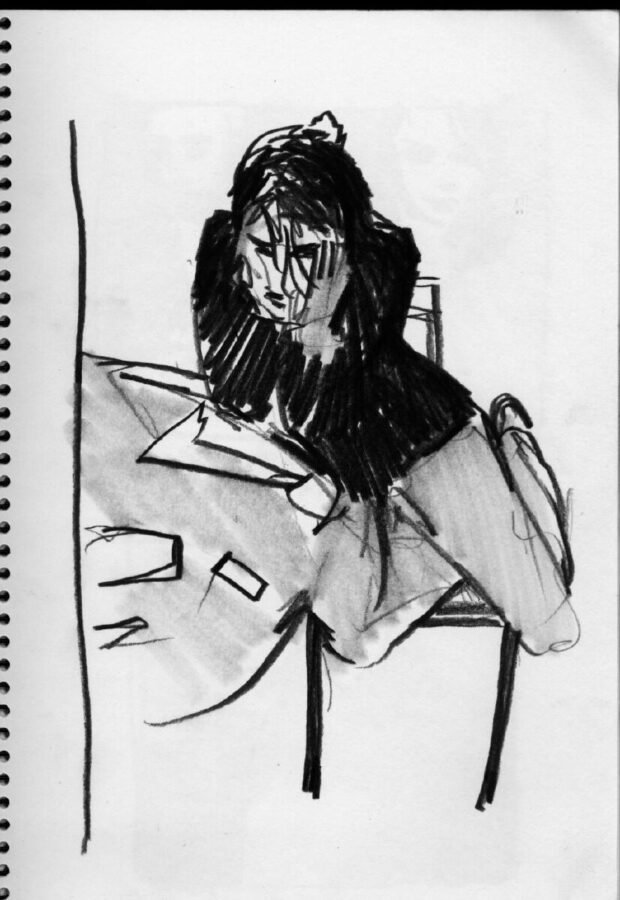
credit: REYNOLDS
Whether you work in realism, stylization, or abstraction, using the human figure effectively means understanding both its physical structure and emotional resonance.
The human form is universally relatable. Viewers instinctively interpret body language and facial cues to decode feeling and story. A downward glance can evoke shyness or sorrow. A raised chin and open chest might signal confidence or defiance. These visual signals tap into emotional memory, allowing your artwork to connect on a visceral level.
Using figures in art also allows you to explore identity, memory, relationships, trauma, longing, or transformation—concepts deeply embedded in the human experience.
Start with Gesture, Not Detail
Gesture drawing captures the essence of motion and feeling before focusing on anatomical detail. A single sweeping line can tell more about mood than a fully rendered face. Think of the gesture as the emotional skeleton of your figure.
Incorporating practices like timed gesture sketches or life drawing sessions trains your eye to recognize how posture and movement communicate mood.
Understand Posture as Emotion
Subtle shifts in posture dramatically alter emotional tone. Consider:
- Curled shoulders and tucked limbs → vulnerability or grief
- An arched back and reaching hand → longing or release
- Firm footing and clenched fists → anger or determination
Before drawing, visualize how the body physically expresses the emotion you want to convey. Artists often study dance, martial arts, or theater for inspiration on embodied expression.
Facial Expression Without Overworking
Facial features add specificity but don’t always need full realism to evoke emotion. A few intentional lines—a furrowed brow, softened eyes, an angled mouth—can signal anger, tenderness, contemplation, or despair.
Avoid over-rendering. Let ambiguity breathe when needed. Ambiguous expressions often allow viewers to project their own interpretation, enhancing emotional depth.
Use the Figure in Contextual Space
Narrative doesn’t live in the body alone—it lives in the space around it. Ask:
- Where is the figure situated?
- Are they isolated or surrounded by objects, nature, or other people?
- Are they constrained by the composition or expanding within it?
Framing, environmental cues, and lighting help guide interpretation. For example, a figure standing beneath a looming structure feels very different from one bathed in soft natural light near a window. These contextual choices subtly support your emotional goal.
Stylization as Narrative Tool
You don’t need to draw the figure realistically to communicate deeply. In fact, stylization often sharpens emotion by removing visual noise. Consider:
- Elongated limbs to express yearning
- Fragmented or faceless figures to explore identity
- Repetitive forms to suggest routine, trauma, or obsession
Stylization allows for metaphoric visual language. Keywords like symbolic figures in art, figurative abstraction, and psychological symbolism align with this kind of narrative expression.
Color and Texture Drive Mood
Beyond form, materials communicate affect. Consider:
- Warm, saturated hues for vitality, tension, or desire
- Muted, cool tones for introspection, melancholy, or distance
- Rough brushwork for anxiety or friction
- Smooth gradients for calm, dreamlike states
These tactile and chromatic choices reinforce emotional interpretation without altering anatomy.
Use Multiples and Repetition
Placing multiple figures in dialogue—whether literal or symbolic—allows you to build layered narratives:
- Repeating a figure in varying poses can express inner conflict or evolution
- Overlapping silhouettes suggest memory, echo, or fragmentation
- Clusters of bodies can hint at community, chaos, or anonymity
Repetition isn’t just design—it becomes storytelling. Consider how choreographers or filmmakers use crowd scenes to build tone and emotion.
Allow for Ambiguity
Art isn’t journalism. Sometimes the most powerful emotional responses come from what’s not said explicitly. A quiet figure turned away from the viewer. A vacant stare. A hand reaching for something unseen.
By leaving some narrative threads unresolved, you invite your viewer to complete the moment. This fosters connection and reflection, making the work feel intimate and alive.
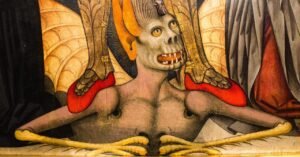
Sketchbooks.org | SUBJECT MATTER
Draw Your Own Demons | A Sketchbook Approach to Psychological Self-Help and Introspection
We All Have Demons When emotional weight becomes too much to name, sometimes the best place to face it is your sketchbook. In an age where journaling and therapy apps abound, visual expression remains one...
Frequently Asked Questions
Do I need to master anatomy to use the figure expressively?
Basic anatomy helps, but expressive power often lies in gesture and intention more than technical precision.
How can I make my figures feel less static?
Focus on gesture, asymmetry, and line of action to bring flow and energy into the pose.
Should I always show the face to convey emotion?
Not at all—body language alone can be incredibly expressive and sometimes more effective.
What materials are best for expressive figure work?
Charcoal, ink, and mixed media are great for gestural energy and texture, but any medium can serve emotion with the right intent.
Can abstraction enhance narrative in figurative art?
Yes—abstracting the human form can amplify symbolism, emotion, or psychological nuance.
How do I tell a story with a single figure?
Use posture, expression, surrounding objects, and composition to build narrative tension and mood.
Are multiple figures more effective for storytelling?
They can be—especially when posed in relation or contrast to one another to suggest dynamic or emotional exchange.
Final Thoughts
Knowing how to use the human figure to convey emotion and narrative in your artwork transforms drawing into something far more profound than mere representation. It empowers you to speak through form, to invite empathy, to externalize invisible states of mind.
You don’t need perfection—what you need is presence, clarity, and conviction. When your figures breathe with intent and heart, they become vessels for stories your audience didn’t know they were waiting to hear. Let the figure say what words can’t. Let it move your viewer the way art is meant to.
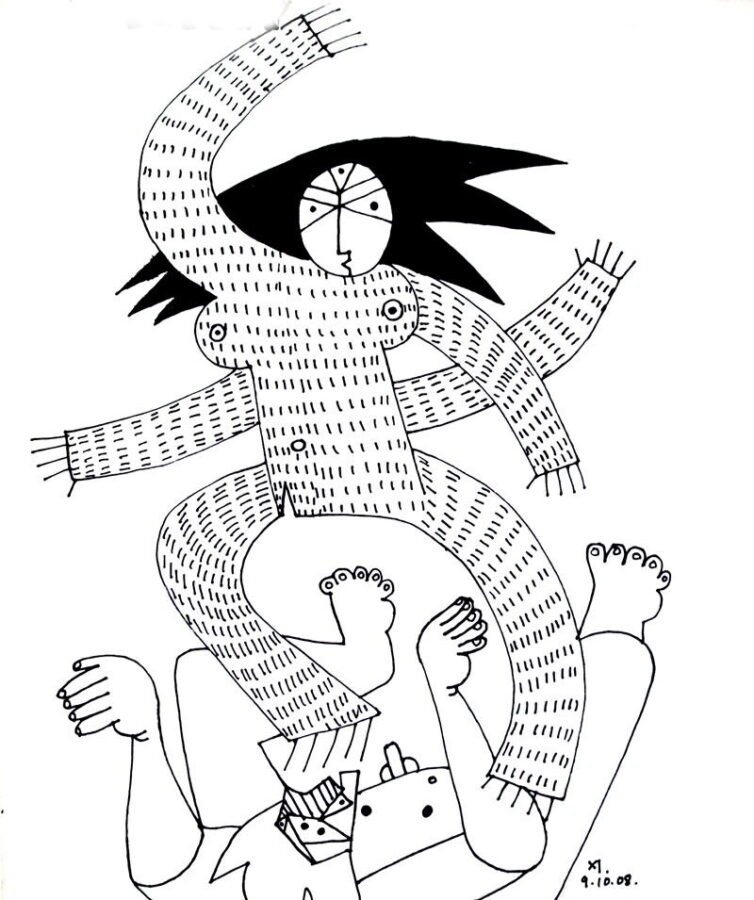
credit: SHARANYA
Ready to Share Your Work?
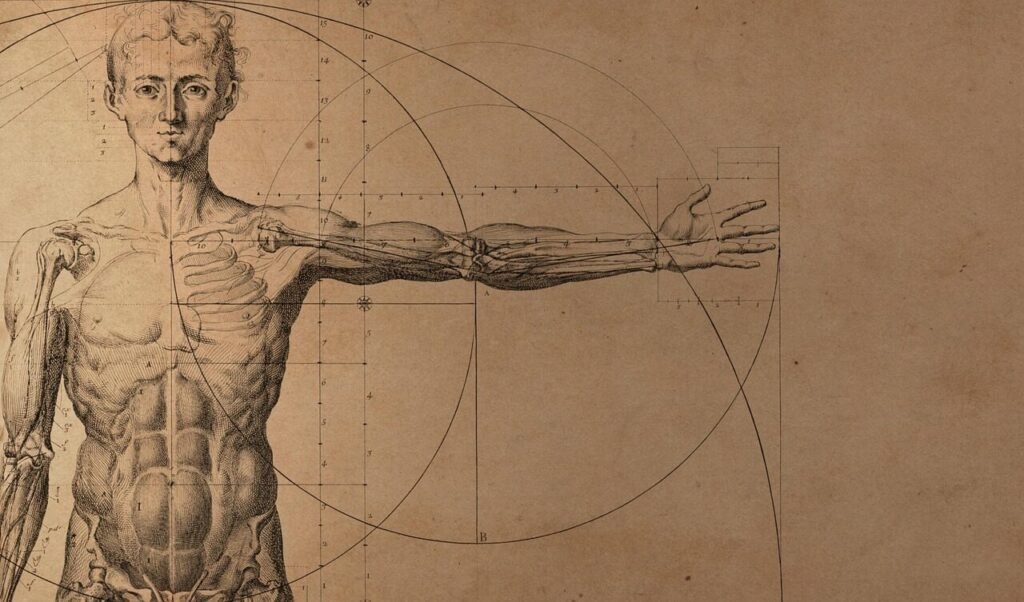
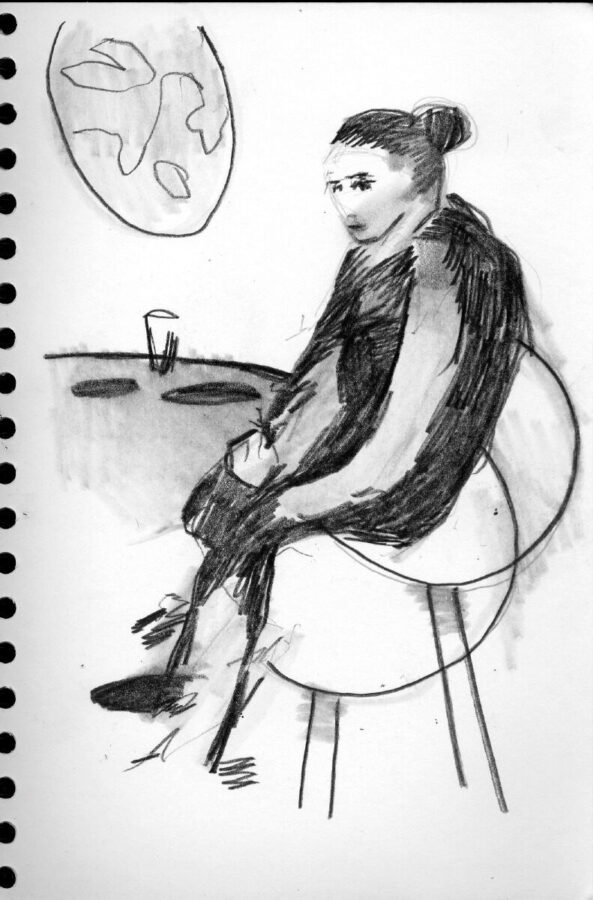
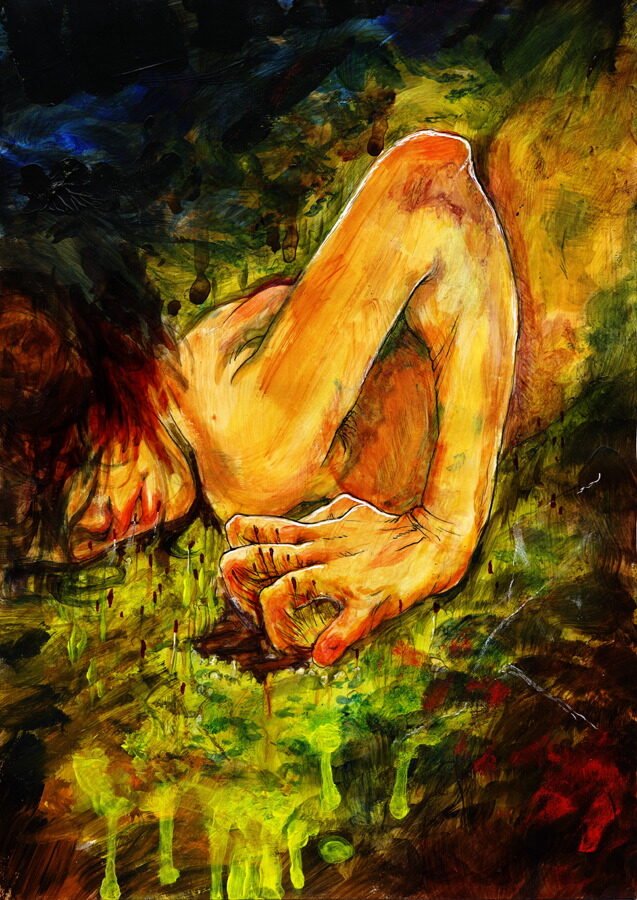
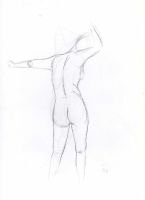
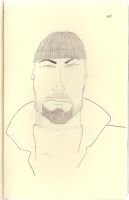
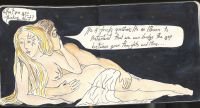

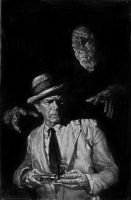
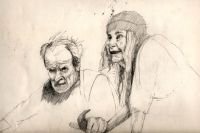
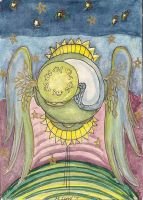


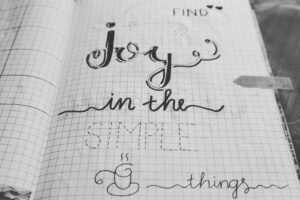
I now thumbnail stories through body language first—super intuitive.
This reminded me that posture and proportion tell without speaking.